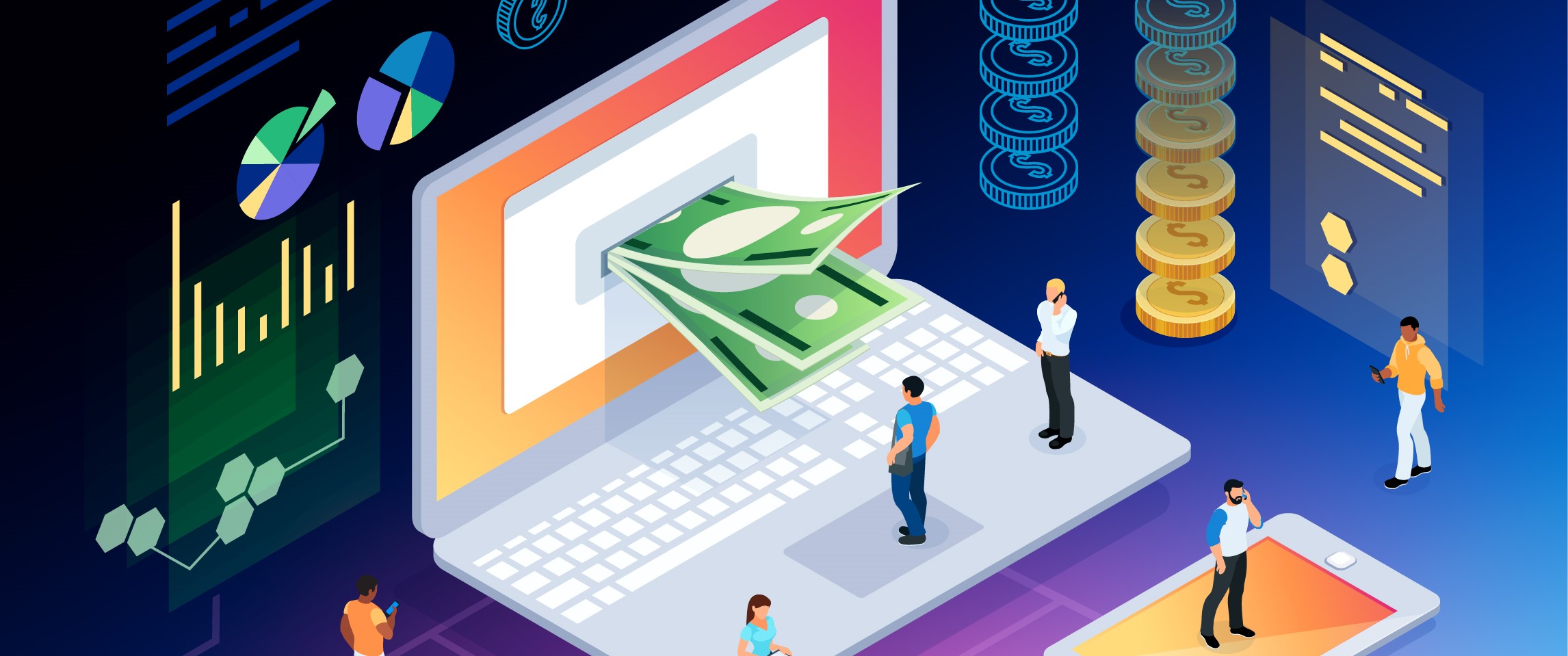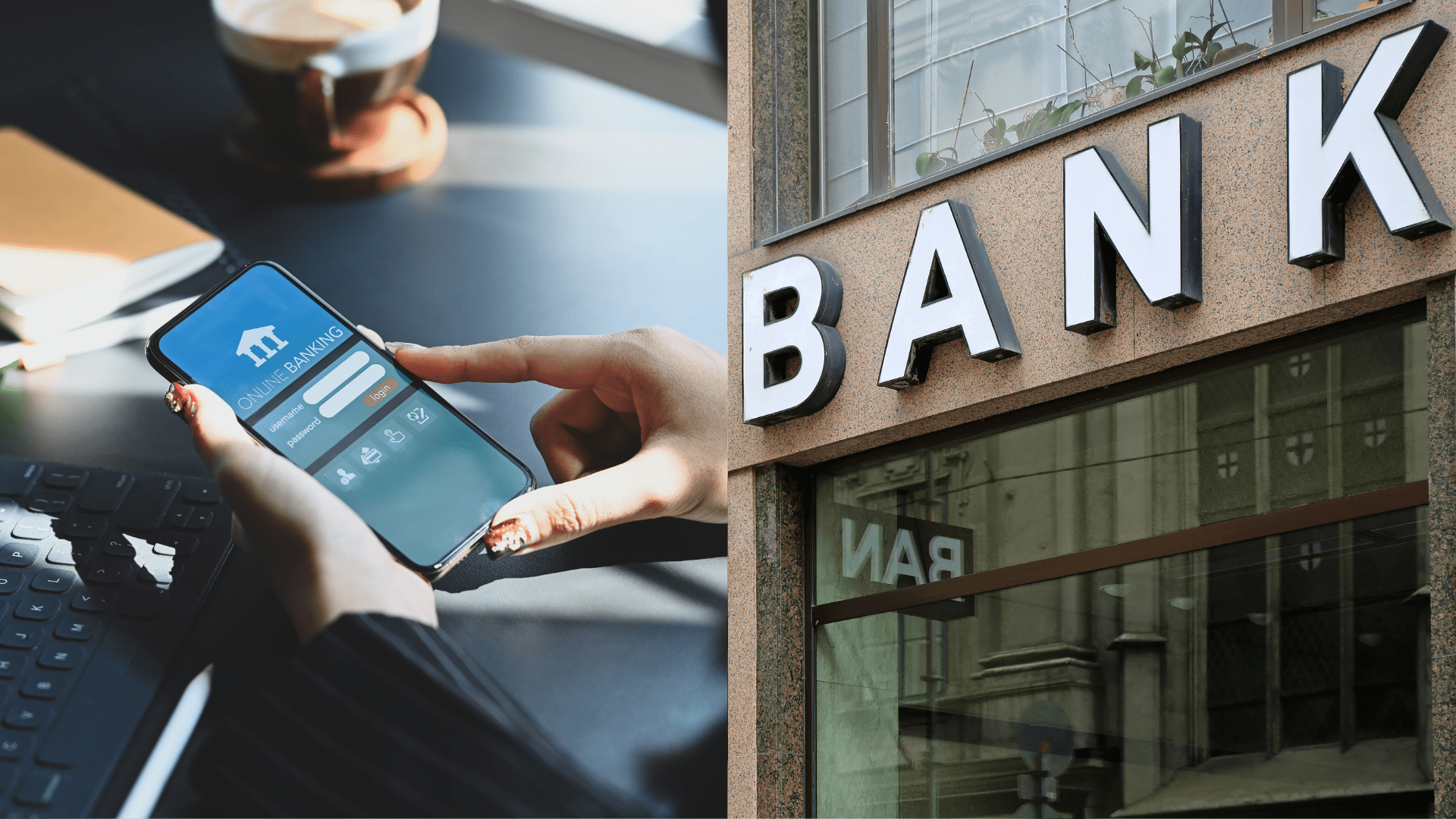Online banking has revolutionized the financial landscape, offering numerous benefits that extend beyond convenience and efficiency. One of the most significant impacts of online banking is its role in promoting financial inclusion—ensuring that individuals from all socioeconomic backgrounds, including underserved populations, have access to essential banking services. In this post, we’ll explore how online banking is advancing financial inclusion and what it means for individuals and communities.
What is Financial Inclusion?
Financial inclusion refers to the accessibility and availability of financial services to all individuals, particularly those who are underserved or excluded from the formal financial system. These groups often include low-income individuals, rural residents, minorities, and those with limited access to traditional banking infrastructure.
Key Aspects of Financial Inclusion:
- Access to Bank Accounts: Ensuring that individuals can open and maintain bank accounts.
- Affordable Financial Services: Offering services like loans, savings accounts, and insurance at reasonable rates.
- Financial Literacy: Providing education and resources to help people understand how to manage their finances.
How Online Banking Supports Financial Inclusion
Online banking provides a platform for individuals to access financial services without the need for a physical bank branch. This is particularly beneficial for those who may not live near traditional banking institutions or cannot afford the fees associated with in-person banking. Below are key ways online banking is promoting financial inclusion:
1. Easy Access to Banking Services for Remote and Underserved Areas
In many parts of the world, especially in rural and remote areas, traditional banks have limited physical presence. Online banking bridges this gap by allowing customers to access banking services through mobile apps or websites.
- Banking Without Borders: People no longer need to travel long distances to visit a bank. With just an internet connection, they can access their accounts, transfer money, and make payments.
- Mobile Banking Solutions: In regions where internet infrastructure is limited, mobile banking via smartphones can provide easy access to financial services, empowering individuals who may otherwise be excluded.
2. Lower Costs and Reduced Barriers
Traditional banks often require customers to meet minimum balance requirements, pay monthly fees, or maintain certain levels of income to access basic services. Online-only banks tend to have lower operational costs, which allows them to offer services at a lower cost.
- No Minimum Balance Requirements: Many online banks do not require a minimum balance, which makes it easier for low-income individuals to open and maintain accounts.
- Fewer Fees: Online banks typically have lower or no monthly maintenance fees, reduced ATM withdrawal fees, and lower transaction costs, making banking more affordable.
3. Easier Access to Financial Products and Services
Online banking platforms provide access to a wide range of financial products that might otherwise be out of reach for many individuals, particularly those in underserved areas. These services include savings accounts, loans, credit cards, and insurance policies—all accessible with just a few clicks.
- Microloans and Credit Options: Online banks and fintech companies have developed microloan programs designed for individuals with little to no credit history, making it easier for them to access credit.
- Affordable Insurance: Some online platforms offer affordable insurance products that cater to low-income individuals, helping them protect themselves against unforeseen financial burdens.
4. Financial Literacy and Education
A key component of financial inclusion is helping individuals understand how to manage their finances. Many online banking platforms include tools and resources to educate customers on budgeting, saving, investing, and credit management.
- Interactive Learning Tools: Many banks offer budgeting tools, financial calculators, and interactive resources that help individuals track their spending and make informed financial decisions.
- Personalized Financial Advice: Some online banking platforms offer AI-powered financial advisors that can provide tailored guidance based on a user’s financial habits and goals.
5. Streamlined Access to Government Benefits
Online banking has made it easier for individuals to access government benefits, such as social security payments, unemployment assistance, or direct deposits of subsidies. These digital platforms allow people to receive and manage their benefits more efficiently, without needing to visit a government office.
- Direct Deposit for Government Payments: With online banking, individuals can have government payments directly deposited into their accounts, reducing delays and ensuring timely access to funds.
- Access to Financial Aid: Online platforms also help people apply for financial aid, grants, and assistance programs, making the process simpler and faster.
6. Empowering Women and Marginalized Communities
In many developing countries, women and marginalized communities often face significant barriers to accessing financial services. Online banking has the potential to level the playing field by offering a private, accessible way to manage finances without the need for in-person interactions that might otherwise be limiting or stigmatizing.
- Promoting Gender Equality: Digital banking allows women to access financial services independently, empowering them to save, invest, and manage money on their terms.
- Supporting Marginalized Groups: Online banking helps marginalized groups access financial services without the fear of discrimination or stigma, creating opportunities for economic advancement.
Challenges in Achieving Financial Inclusion Through Online Banking
While online banking plays a critical role in promoting financial inclusion, several challenges remain. These include:
1. Digital Divide and Technology Access
Despite the widespread availability of mobile phones, access to the internet and digital literacy remain barriers for some populations. Without the necessary infrastructure or knowledge, individuals may struggle to benefit from online banking.
- Limited Internet Access: In some rural or low-income areas, internet access can be inconsistent, limiting people’s ability to use online banking platforms.
- Digital Literacy: Many individuals, particularly older adults or those who have not been exposed to digital technology, may lack the skills to navigate online banking systems.
2. Cybersecurity and Trust Issues
As online banking grows, so does the risk of cyber threats. Fraud, identity theft, and other security concerns may make individuals hesitant to use online banking, especially those who are not familiar with digital security practices.
- Trust in Digital Platforms: To promote financial inclusion, online banks must prioritize security features such as encryption, multi-factor authentication, and fraud detection systems to build trust.
- Education on Security Practices: Financial institutions must provide resources to educate users about securing their accounts and identifying scams.
3. Regulatory and Compliance Hurdles
In some countries, financial institutions must navigate complex regulatory environments to provide online banking services. This can delay the expansion of digital financial services, especially in regions with underdeveloped regulatory frameworks.
- Varying Regulations: Different countries have different laws governing online banking, which can complicate the process for international or cross-border services.
- Consumer Protection: Ensuring adequate protection for online banking customers, especially in underserved markets, requires strong regulatory measures.
The Future of Online Banking and Financial Inclusion
Despite these challenges, the future of online banking in promoting financial inclusion looks promising. As technology evolves, we can expect to see more innovative solutions aimed at bridging the gap between traditional banking and underserved communities.
1. Increased Mobile Banking Adoption
As smartphones continue to penetrate global markets, mobile banking will become more accessible. Fintech companies and mobile-only banks are developing increasingly sophisticated apps that make banking services available to anyone with a mobile device.
- Expansion of Mobile Services: The rise of 4G and 5G networks will further enhance access to online banking, particularly in rural and underserved areas.
- Simplified Interfaces: Mobile banking apps are becoming more user-friendly, with simple interfaces that cater to individuals with limited digital experience.
2. Collaboration with Governments and NGOs
Governments and non-governmental organizations (NGOs) are increasingly partnering with online banks and fintech companies to improve financial inclusion. These collaborations help provide affordable financial products, educational resources, and access to essential services.
- Public-Private Partnerships: By working together, public and private sectors can create innovative solutions that promote financial inclusion at scale.
- Targeted Financial Products: Tailored products aimed at low-income populations, such as affordable microloans and insurance, will become more widely available.
3. Advancements in Digital Identity Solutions
Blockchain and other technologies are helping to create secure digital identities, which will play a crucial role in enabling individuals to access financial services. These systems allow people to verify their identity online without the need for physical documents, streamlining the account opening process.
- Self-Sovereign Identity: Blockchain technology may allow individuals to maintain control over their digital identities, making it easier for them to access banking services and protect their personal information.
Conclusion
Online banking is playing a pivotal role in promoting financial inclusion, offering affordable, accessible, and secure banking services to individuals who have historically been excluded from the financial system. By improving access to banking services, reducing costs, and providing financial education, online banking is empowering underserved populations and helping them achieve economic independence. While challenges such as digital literacy and cybersecurity remain, the future of online banking promises to further enhance financial inclusion globally, driving positive change and economic empowerment for all.





